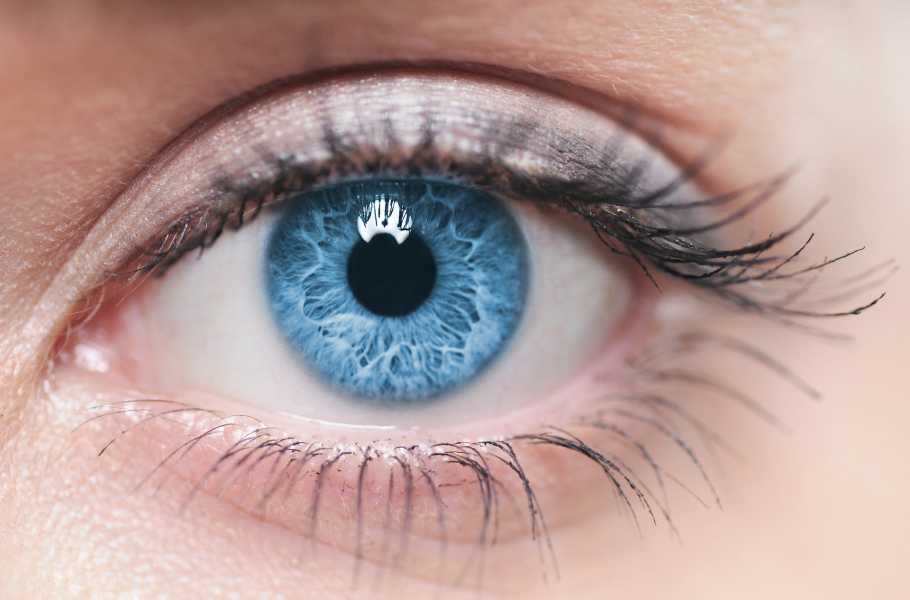
(Image credit: Shutterstock)
Your pupils may be capable of counting… sort of. Recent research suggests that a person’s pupil size can change depending on the number of objects they see in their visual field.
Pupils are holes in the center of the eye that change size to control the amount of light entering the eye depending on the level of light in the environment. The pupil's response to light “is one of the most primitive sensory responses,” according to the authors of a new study. However, pupils have also been found to change size in response to other factors, such as arousal, as Live Science previously reported.
The scientists in this study suggested that pupils may also change size depending on the number of objects a person is observing.
Most animals are thought to have some “number sense,” said co-author David Burr, a professor at the University of Sydney and the University of Florence. Previous research had suggested that humans could develop “coarse number discrimination” within hours of birth, according to the study.
“When we look around, we intuitively perceive the shape, size, movement, and color of the scene around us. We also intuitively recognize the number of objects in front of us,” Burr said. “This ability, shared with most other animals, has evolutionary roots: it allows us to quickly detect important quantities, such as how many apples are on a tree or how many enemies are approaching.”
To find out whether pupils have this ability, the researchers showed 16 adult participants images of dots on a screen in a quiet, dark room. While viewing the screen, the participants were not asked to count the dots, while a device recorded the size of their pupils.
According to the claim, the images contained either 18 or 24 black or white dots, with each dot either standing alone or connected by a small line, giving the viewer the illusion of fewer dots than were actually present.
The scientists noted that the size of the participants' pupils varied depending on the number of dots perceived. The participants' pupils dilated when they saw more dots and constricted when they saw fewer dots.
According to the report, the discovery indicates that the pupil has some mechanism capable of perceiving quantity. “This result demonstrates that numerical information is inextricably linked to perception,” commented lead author Elisa Castaldi, a researcher at the University of Pisa. “This could have significant practical implications.”
For example, similar techniques could be used to diagnose dyscalculia, a learning disorder that causes difficulty with math in very young children, she said. “It's very simple: subjects just have to look at a screen without activating a response, and their pupillary response is measured remotely.”
The results of the study were published on October 12 in the journal Nature Communications.
Originally published on Live Science.
TOPICS light

Yasemin SaplakogluSocial Link NavigationEmployee
Yasemin is a Live Science contributor who covers health, neuroscience, and biology. Her work has appeared in Scientific American, Science, and the San Jose Mercury News. She holds a bachelor’s degree in biomedical engineering from the University of Connecticut and a graduate certificate in science communication from the University of California, Santa Cruz.
Sourse: www.livescience.com





